The folks at Gartner have released numbers regarding global phone sales in the second quarter of 2o12. The market took a slight hit in the quarter as sales dropped 2.3% across the board compared to the same quarter a year ago.
Of all mobile phones sold in the quarter, smartphones accounted for over a third of the sales at 36.7%. As for sales of smartphones period, they grew 42.7% this quarter compared to the same quarter a year ago.
Samsung led the pack last quarter with 90.4 million units in all to account for 21.6% of sales. Nokia came in at 19.9% with 83.4 million units.
There was a much larger drop-off from there, of course, with Apple selling 28.9 million units for 6.9% of the sales. This is impressive up against the likes of LG, which also makes feature phones but only accounted for 3.4% of the global sales at 14.3 million.
If there’s one thing Samsung can bank on in the future, it’s that there are still tons of people out there wanting feature phones and, like with smartphones, they tend to be the best of the best in that regard, as well.
They also released unsurprising numbers for sales by operating system. Android took a commanding lead with 98.5 million handsets accounting for 64.1% of total sales, up from 43.4% the same quarter year ago. iOS was second with its aforementioned 28.9 million phones, and 18.8% of the market share.
RIM and Symbian both took sharp declines, unsurprisingly. After both pulled double digit market share in the same quarter last year they’ve both taken significant hits. Microsoft, on the other hand, is gaining, but it’s gaining slowly. It jumped 1.1% from the same quarter a year ago. Read on for the full report.
Gartner Says Worldwide Sales of Mobile Phones Declined 2.3 Percent in Second Quarter of 2012
Android Extended Lead While Apple iOS Market Share Growth Paused
Egham, UK, August 14, 2012—Worldwide sales of mobile phones to end users reached 419 million units in the second quarter of 2012, a 2.3 percent decline from the second quarter of 2011, according to Gartner, Inc. Smartphone sales accounted for 36.7 percent of total mobile phone sales and grew 42.7 percent in the second quarter of 2012.
“Demand slowed further in the second quarter of 2012,” said Anshul Gupta, principal research analyst at Gartner. “The challenging economic environment and users postponing upgrades to take advantage of high-profile device launches and promotions available later in the year slowed demand across markets. Demand of feature phones continued to decline, significantly weakening the overall mobile phone market.
“High-profile smartphone launches from key manufacturers such as the anticipated Apple iPhone 5, along with Chinese manufacturers pushing 3G and preparing for major device launches in the second half of 2012, will drive the smartphone market upward. However, feature phones will continue to see pressure,” Mr. Gupta said.
In the second quarter of 2012, Samsung’s mobile phone sales remained very strong — up 29.5 percent from the second quarter of 2011 (see Table 1), and managed to extend its lead over both Apple and Nokia quarter on quarter. This quarter’s growth was driven by record sales of Galaxy smartphones, meaning smartphones now account for 50.4 percent of all Samsung mobile devices, or 45.6 million units. Demand for the new Galaxy S3 was particularly strong, exceeding Samsung’s own expectations, with a reported 10 million units reached in the two months after its release. The Galaxy S3 was the best-selling Android product in the quarter and could have been higher but for product shortages.
In the second quarter of 2012, consumer demand for the Apple iPhone weakened as sales fell 12.6 percent from the first quarter of 2012, but grew 47.4 percent year on year. Depending on the exact launch date of the new iPhone, Apple might experience another weaker-than-usual quarter in the third quarter of 2012, while Apple will be ready to take advantage of the strong holiday sales in North America and Western Europe that have historically remained immune to economic pressure.
“Samsung and Apple continued to dominate the smartphone market, together taking about half the market share, and widening the gap to other manufacturers. No other smartphone vendors had share close to 10 percent,” Mr. Anshul said. “In the race to be top smartphone manufacturer in 2012, Samsung has consistently increased its lead over Apple, and its open OS market share increased to one-and-a-half times that of Apple in the second quarter of 2012.”
Table 1
Worldwide Mobile Device Sales to End Users by Vendor in 2Q12 (Thousands of Units)
Company
2Q12
Units
2Q12 Market Share (%)
2Q11
Units
2Q11 Market Share (%)
Samsung 90,432.1
21.6
69,827.6
16.3
Nokia 83,420.1
19.9
97,869.3
22.8
Apple 28,935.0
6.9
19,628.8
4.6
ZTE 17,936.4
4.3
13,070.2
3.0
LG Electronics 14,345.4
3.4
24,420.8
5.7
Huawei Device 10,894.2
2.6
9,026.1
2.1
TCL Communications 9,355.7
2.2
7,938.9
1.9
HTC 9,301.2
2.2
11,016.1
2.6
Motorola 9,163.2
2.2
10,221.4
2.4
Research In Motion 7,991.2
1.9
12,652.3
3.0
Others 137,233.4
32.8
152,989.70
35.7
Total 419,007.90
100.0
428,661.15
100.0
Source: Gartner (August 2012)
Nokia’s mobile phone sales declined 14.8 percent in the second quarter of 2012. Nokia is battling fiercely with white-box and new emerging device manufacturers to defend its feature phones sales. Nokia succeeded, to a certain extent, in winning feature phone market share as its sales grew quarter-on-quarter. While posting sequential growth in the feature phone market, Nokia’s Lumia devices continue to struggle to find a place in consumers’ minds as a replacement for Android.
“Declining smartphone sales is worsening Nokia’s overall position, as it had already lost the No. 1 position to Samsung in the previous quarter and is facing reduced profitability due to continuous declining sales of premium smartphones,” said Mr. Gupta.
In the smartphone OS market, Android extended its lead with an increase of 20.7 percentage points in market share in the second quarter of 2012 (see Table 2). While Apple’s iOS market share slightly grew year over year (0.6 percent), it declined 3.7 percentage points quarter on quarter, as users postponed their upgrade decisions in most markets ahead of the upcoming launch of the iPhone 5.
Gartner analysts said the arrival of the iPhone 5 should provide the greatest upgrade opportunity yet as the expected new design with a larger screen and likely other stylistic changes to the form factor will certainly make a strong case for iPhone 4 users to upgrade.
Table 2
Worldwide Mobile Device Sales to End Users by Operating System in 2Q12 (Thousands of Units)
Operating System
2Q12
Units
2Q12 Market Share (%)
2Q11
Units
2Q11 Market Share (%)
Android 98,529.3
64.1
46,775.9
43.4
iOS 28,935.0
18.8
19,628.8
18.2
Symbian 9,071.5
5.9
23,853.2
22.1
Research In Motion 7,991.2
5.2
12,652.3
11.7
Bada 4,208.8
2.7
2,055.8
1.9
Microsoft 4,087.0
2.7
1,723.8
1.6
Others 863.3
0.6
1,050.6
1.0
Total 153,686.1
100.0
107,740.4
100.0
Source: Gartner (August 2012)
Additional information can be found in the Gartner report “Market Share: Mobile Devices, Worldwide, 2Q12.” The report is available on Gartner’s website at http://www.gartner.com/resId=2117915.

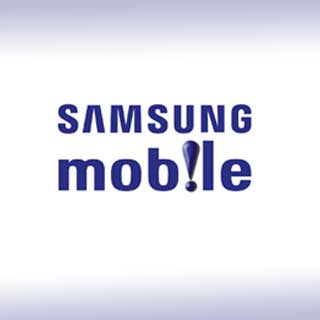

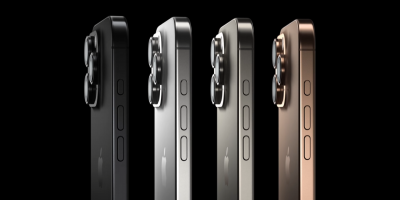


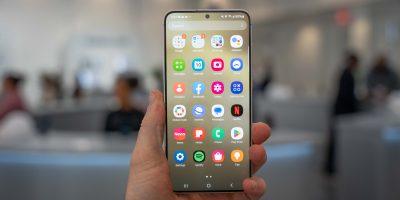
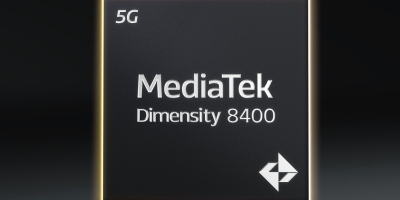

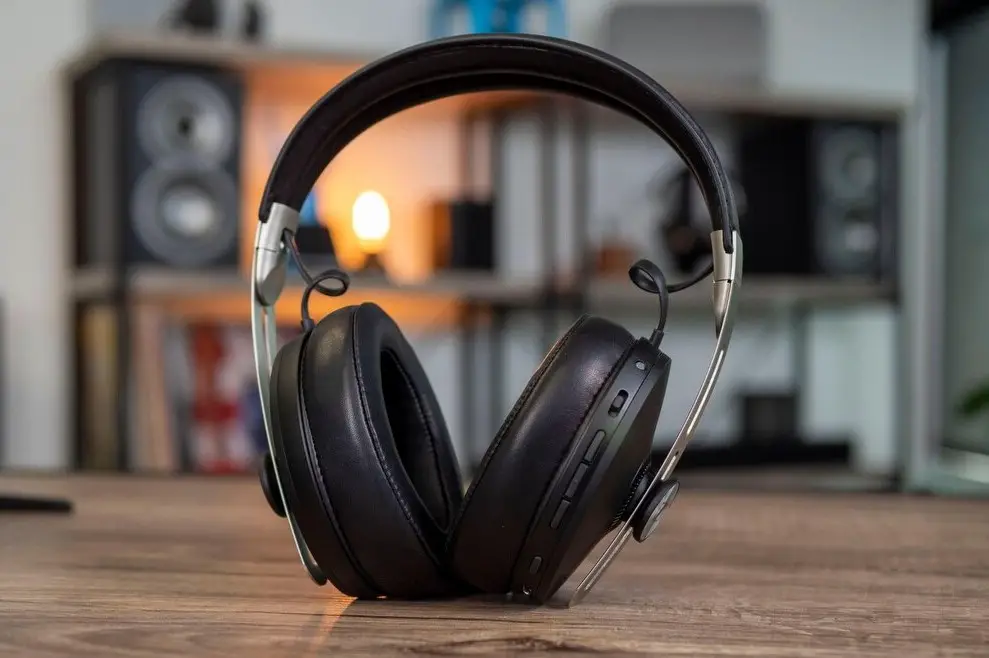

100.0428,661.15 WHAT NUMBER IS THAT?
Nokia? I would have never guessed.
“Gartner was not interested in disclosing how much of that came from smartphones.” Actually, it says right there in paragraph 4: 45.6 million units
Poor Nokia. Too arrogant to go with Android but they would have had a much better chance.